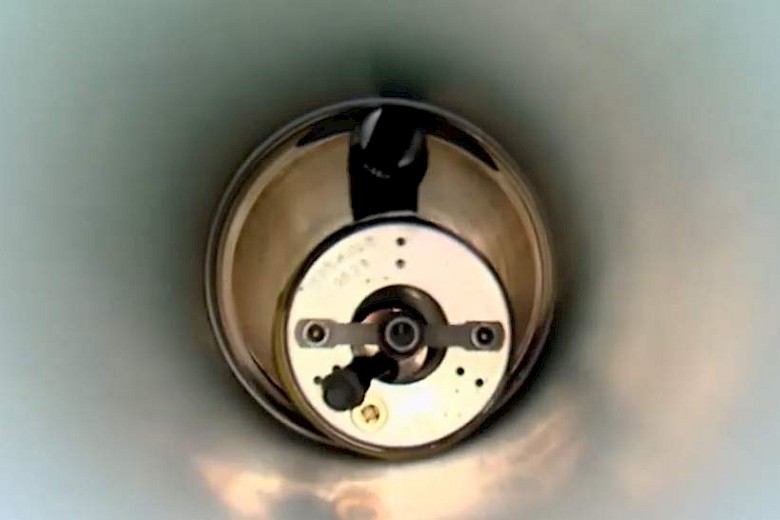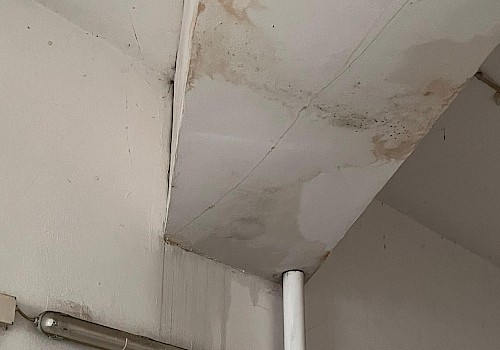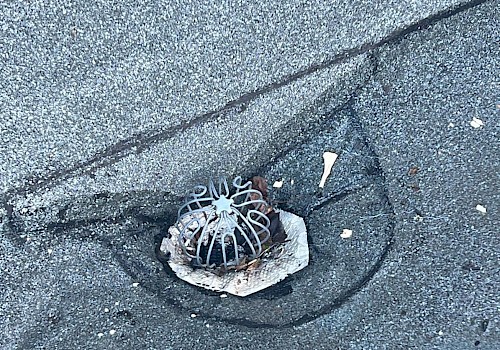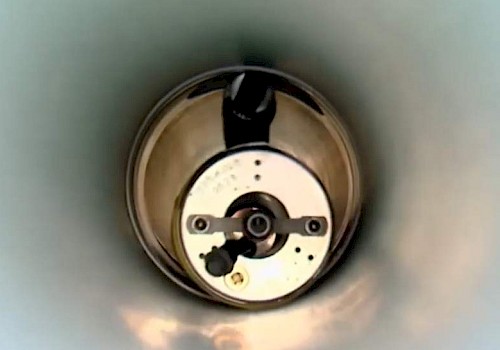
Different curing methods for epoxy CIPP repairs and renovations
In CIPP (Cured In Place Pipe) rehabilitation, the curing method determines how the resin hardens and bonds to the host pipe — essentially transforming a flexible liner into a new, solid inner wall.
There are several ways to cure epoxy (and other types of resin), and each has its own benefits depending on the pipe’s size, access, and project conditions.
1. Ambient curing (room temperature)
This is the simplest method, often used for short sections or small-diameter repairs such as packer installations.
The liner or patch impregnated with resin is positioned and left to cure naturally at room temperature.
-
Advantages: Simple setup, no special equipment, low cost.
-
Limitations: Slower curing time (can take 6–24 hours), sensitive to temperature and humidity, less consistent for longer liners.
2. Hot water curing
In this method, hot water is circulated through the liner after it’s installed to accelerate the chemical reaction of the epoxy.
-
Advantages: Provides even heating along the pipe, faster curing than ambient (typically 1–3 hours).
-
Limitations: Requires access for water circulation and temperature control, not ideal for large diameter or vertical sections.
3. Steam curing
Steam is introduced into the liner to heat and harden the resin. It’s faster and cleaner than hot water curing, especially useful for longer sections.
-
Advantages: Short curing time, efficient heat transfer, widely used in building and industrial rehabilitation.
-
Limitations: Risk of uneven curing if temperature or pressure are not well controlled; requires monitoring equipment.
4. UV light curing
Instead of heat, this method uses ultraviolet lamps that travel inside the pipe to cure a light-sensitive resin. It’s the most modern and precise approach.
-
Advantages: Extremely fast (minutes per meter), clean, minimal setup, real-time monitoring of the process.
-
Limitations: Requires specific UV-reactive resins and transparent liners; higher initial equipment cost, though lower operating cost over time.
5. LED light curing (emerging technology)
A more recent evolution of UV systems, LED curing uses lower energy lamps that emit targeted wavelengths for specific resins.
-
Advantages: Energy-efficient, portable, compatible with small diameters, and safer for operators.
-
Limitations: Equipment is still more expensive; resins must be precisely matched to the LED spectrum.
Choosing the right curing method
The right curing technique depends on several factors — pipe length, material, accessibility, temperature, and desired strength.
For example, localized epoxy packer repairs often use ambient or steam curing, while long-distance renovations benefit more from UV or LED systems.
At REVIPOX, we evaluate each project individually to choose the safest and most durable curing approach, balancing performance, cost, and practicality.
Would you like me to translate this into European Portuguese next (with the same human and technical tone)?




